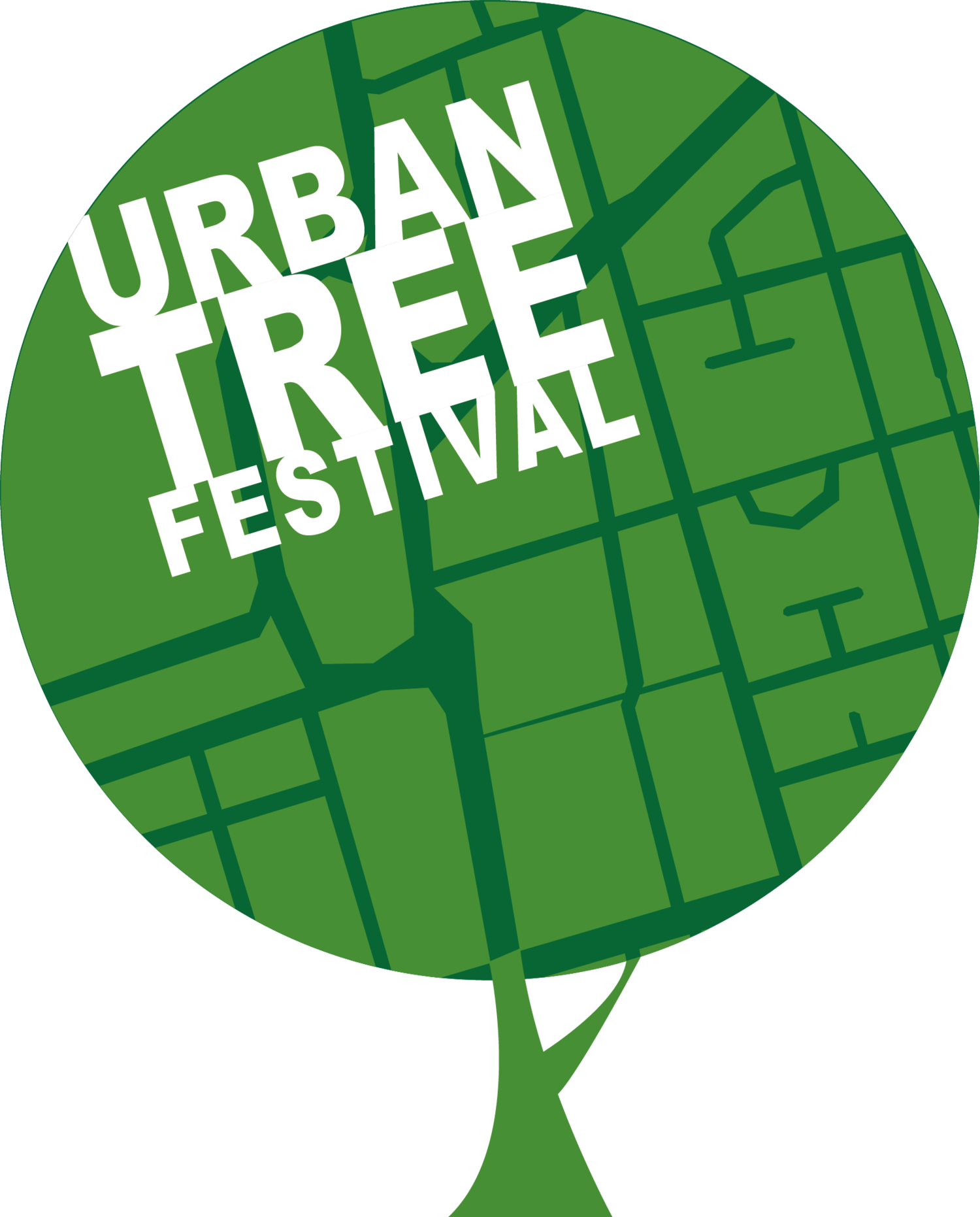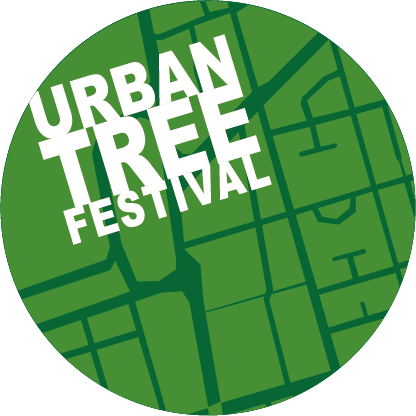The Nature Diary of an Elizabethan Gentleman
Daniel Harwood, an amateur naturalist and birdwatcher, features on our 2021 festival program to host a light-hearted discussion on his visual diary of nature trails around London.
His online event aims to describe his many failures and occasional successes at cataloguing the trees, plants, fungi, birds, insects and anything else he could name.
We caught up with Daniel for a few questions in the run-up to our 2021 festival:
What can we expect from your talk?
“It’s light-hearted, aimed mainly at those who are beginners to natural history. But particularly for those who have enjoyed being in nature and the local parks during lockdown and now want to find out more about animals, nature and fungi and where they live. It’s a talk from my personal experience when I was a beginner, so beginners are welcome.”
What was the most interesting piece of nature you stumbled across on your exploration?
"The Cuckoo bumblebee. They are active, nasty creatures who go in and lay their own eggs in other bumble bees nests. They will try to kill the queen and the workers that live in that nest. And they use the pollen and nectar collected by the bumblebee to feed their own larvae. They are essentially like the cuckoo of the bee world. They are an animal that I had no idea existed. An example of the way I’ve seen an animal that I have never seen before, then identifying it and reading about it gave me a huge insight into the way nature works, and the fascinating struggles that take place beneath our feet. There are many fascinating plants and animals I had found, many which I’m excited to tell people about on the talk.”
“There are many fascinating plants and animals I had found, many which I’m excited to tell people about on the talk.”
What’s your favourite tree?
“One of my favourites is the hornbeam. It's a very distinctive dignified tree with a beautiful textured, almost muscly bark that looks like a human form in some conditions. It has lovely catkins and a gorgeous colour particularly with its leaves in autumn. I like it not just because it’s an attractive tree, but because it's a tree with great historical meaning near to where I live, which is in South London. And in an area which was once part of the Great North Wood. The Great North Wood was an area to the north of Croydon, which was a very important historical woodland because of its culture in folklore and because it was a green space near to the city of London, but also because it provided a lot of the wood that was used for building houses, and structures within the city. And because of the industries that were within it. One of these industries was charcoal burning and hornbeam was one of the trees that is used for the creation of charcoal.
This tree reminds us that if we are to preserve our woodlands in the future. We need to be thinking about how can we make some pay because it's not economically viable, but also how we can preserve the wildlife at the same time. I think that by encouraging an interest in nature and the natural world, there is a huge amount that can be done in terms of doing things like outdoor activities, nature therapy, forest bathing activities that can actually create income as well as being good for the local community.”
Why is it important to appreciate our urban trees?
“It's important to appreciate our urban trees because if we don’t they’ll just be lost. These trees have a symbolic meaning to people, they have a greater meaning than just being trees. They are landmarks, they remind people of the passing of the seasons, they have a link to our history and link to our culture. They provide shade and they provide places for children to play underneath. And of course they provide homes for 1000s and 1000s of animals, fungi, and other species.’’
Daniel’s local green patch he explored in lockdown.
Are there any other 2021 UTF events you’re looking forward to joining?
“Last year I particularly enjoyed the daily meditation, because it was a time during lockdown, it was quite a stressful period. That was the first time I’d done meditation and I found it peaceful and therapeutic. I’m looking forward to ‘The Story of a Hospital through its trees- Maggie Carson.’ I work in the NHS and I'm interested in how health services can make their grounds more green, biodiverse, and therapeutic. There's so much potential. And ‘Improving brownfield sites. Roger Parksinson’ Although there is pressure on brownfield sites for housing, I want to hear about this project as it sounds like it was a success for people and wildlife, so I'd like to see if there's anything I could learn that might be relevant for London.




